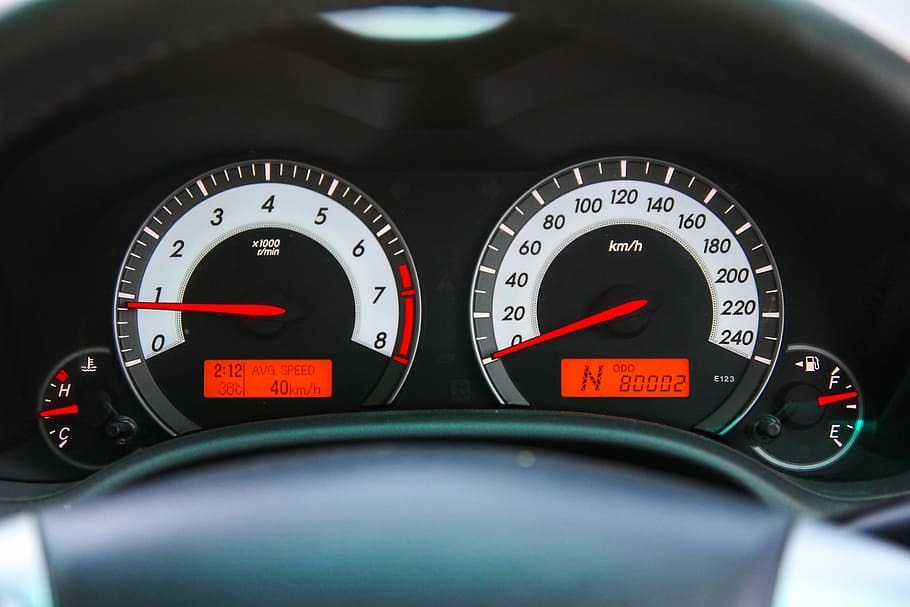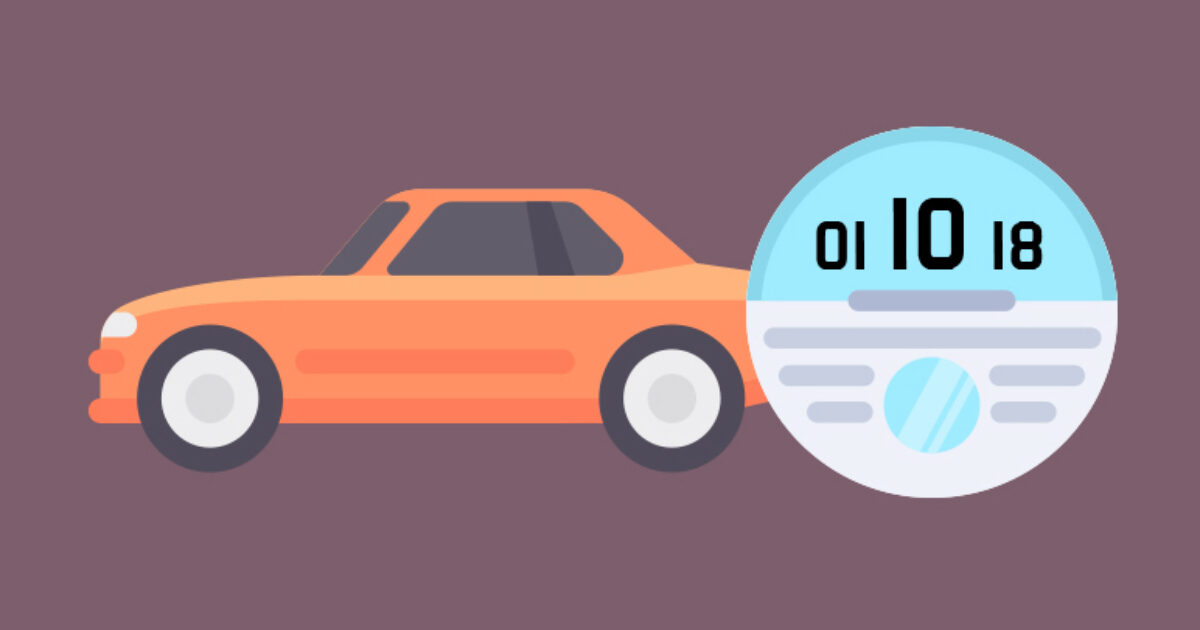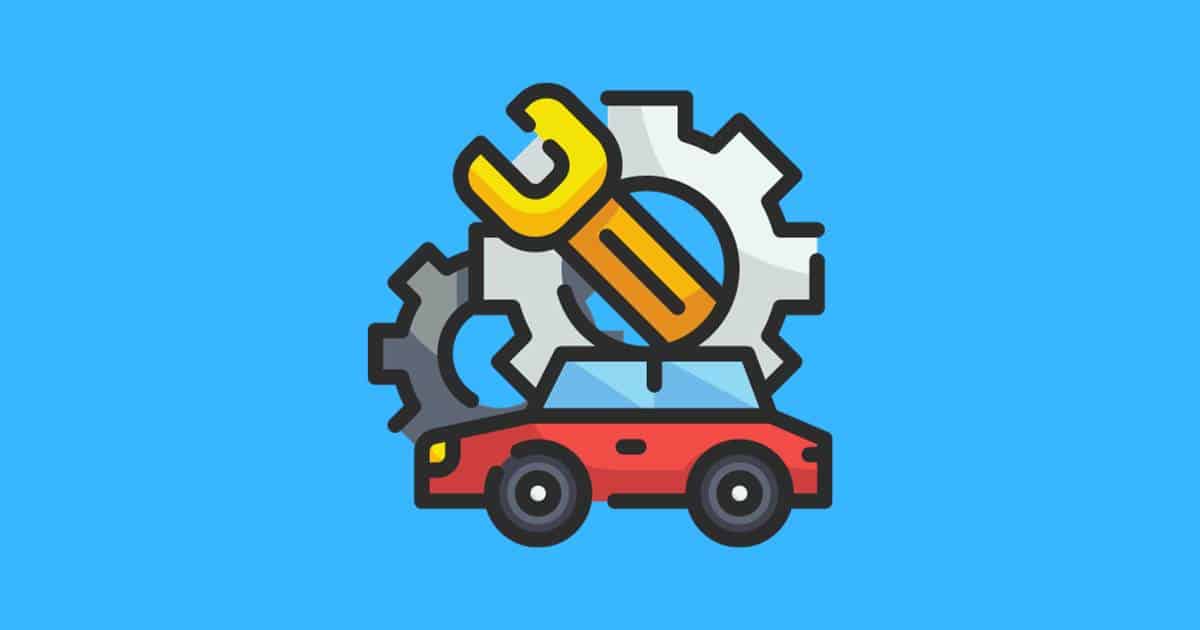At what mileage should I sell my car?
Mileage is one of the most important metrics to think about if you’re considering selling your car. You’ll often find that this is one of the first things that a buyer will ask about when they’re thinking about buying a car.
Why is mileage important?
Even though most cars will last well past the 100,000 mark, depreciation is constant with our cars, and no doubt the price will drop the more miles you begin to rack up. Essentially, the amount of miles on your car is a good indicator to any potential buyers as to how much your car has been used.
For example, let’s say you had two cars that were identical, but the only thing separating them was their mileage and can make one worth more than the other. A car with more mileage has worked that little bit more and might need more servicing done to it than one that has barely covered much ground.
Should I sell my car before 100,000 miles?
The threshold is usually around 10,000 miles where people start asking the question of whether they should sell their car. Mileage is just one aspect of your car’s valuation and some would consider this figure to be quite high. High mileage isn’t the end of the world, but the higher your mileage total becomes, the lower your car’s overall value becomes.
You might want to think about selling your car before 100,000, but how will that affect the price you could receive?
0-30,000 miles
New cars suffer their biggest drop in value within their first year of ownership and continue to lose value sharply until their warranties run out, which is normally at around 36,000 miles or in their third year – whichever comes soonest.
If your car’s still young with low mileage, you should only think about replacing it if your goal is to own the latest models, rather than getting value out of each individual car. The cost of selling up to buy a new car every two or three years is higher than the cost of buying one car and keeping it for ten years, even if you get barely anything in return for it at the end of that time.
However, if you sell your car at this mileage you’re pretty much guaranteed to get a buyer and, in terms of a lump sum, you’ll get more back for the car than you would at any other time. If you’re into new cars and want to be able to have the latest model fairly regularly, sell up as early as you think you’re able to in order to recoup the most money.

30,000-60,000 miles
We’re heading into the bigger numbers now. If you’ve got to this stage, your car will more than likely have had its first service and could have run into some minor issues, hopefully, nothing too trivial.
Did you go all out with a decent manufacturer? If so, then it’s unlikely that you’ll need any expensive repairs at this time, unless you’ve ruined it already. Value-wise, of course, it’s going to keep declining but what do you expect? The only thing you can hope for is that it will be at a much slower rate than in the earlier years of its life.
So you’ve hit 60,000 miles! Hats of to you and if you want to sell now, go for it. Think about the repairs and replacement of parts that could be to come. Your car is probably at its prime at this stage and you’ll more than likely be able to still get a bit of money for it, which is what all of us want at the end of the day. You could have the best of both worlds, sell your car and get some cash for it and be able to upgrade to a newer model too on a regular basis, who doesn’t want that?
60,000-100,000 miles
If you’re looking to get as much out of your car as possible and something in return for selling it too, then it’s around this mileage that it might be a good time to get rid. By this point, you’ve probably found that you’ve had one or two repairs that your car has needed to keep it going, but you could be nervous at the same time that it might give up on you at some point if you don’t service it regularly.
No doubt your car has been used and taken for a spin more often than not, so if you were thinking of selling up and looking for something fresher, we’ll be right there with you.
100,000+
The value of a car generally tends to take a final, sharp drop at the 100,000-mile mark. Cars with more than 100,000 miles on the clock are perceived as less desirable by consumers, even if they actually run just fine. Consumers who look for used cars online tend to filter out models with over 100,000 miles, which means that it will be very hard to sell privately. Dealers and online car buyers could also offer you less as it will be harder for them to sell the car.
While some cars can continue to run perfectly well after 100,000 miles, consumers avoid them for good reason. It’s much more likely that they’ll need expensive repairs beyond this point, which makes them a risky investment.
Modern cars are designed to stop running completely at around 150,000. At this point, they can be sold for scrap and not much else. If you ever managed to reach the high mileage point of 200,000, then give yourself a pat on the back. This is a huge achievement and for some cars that are ridiculously reliable, this is just their halfway point.
If you want to see how much you could get for your old motor, enter your registration number to get instant quotes online.


